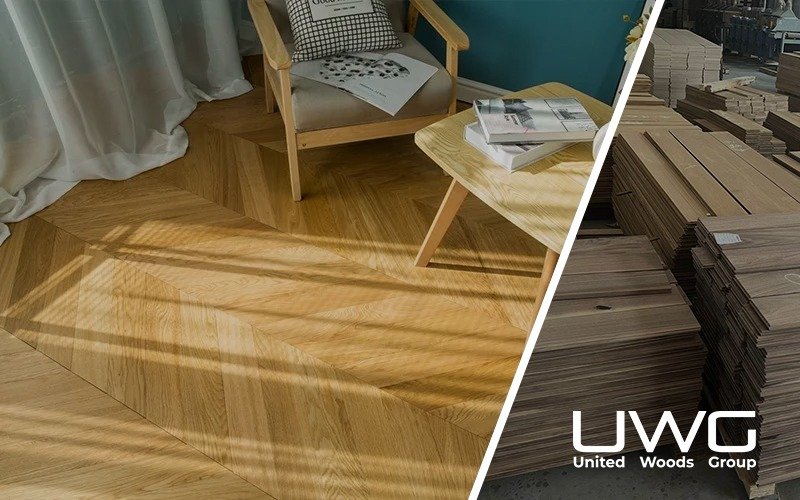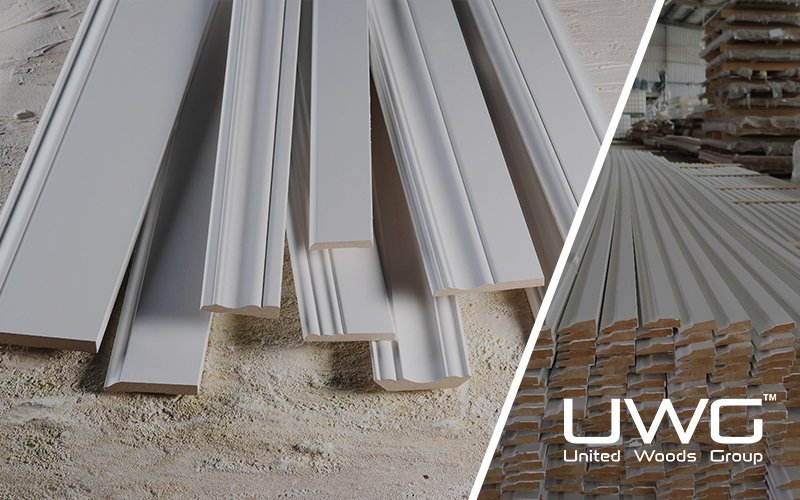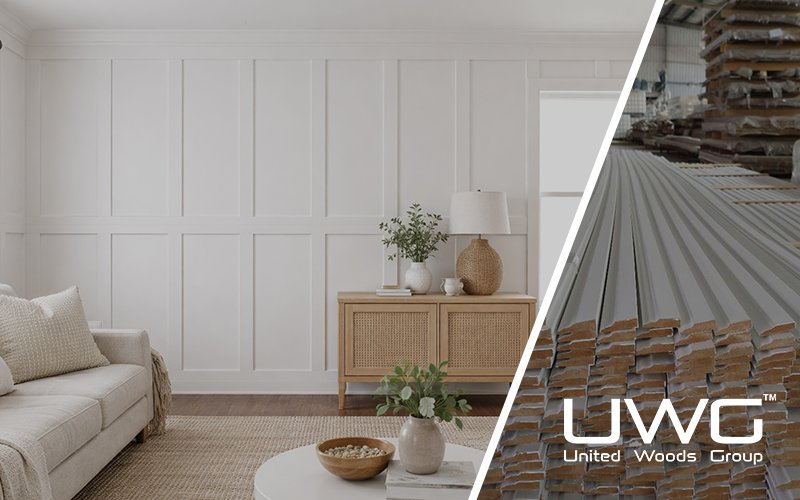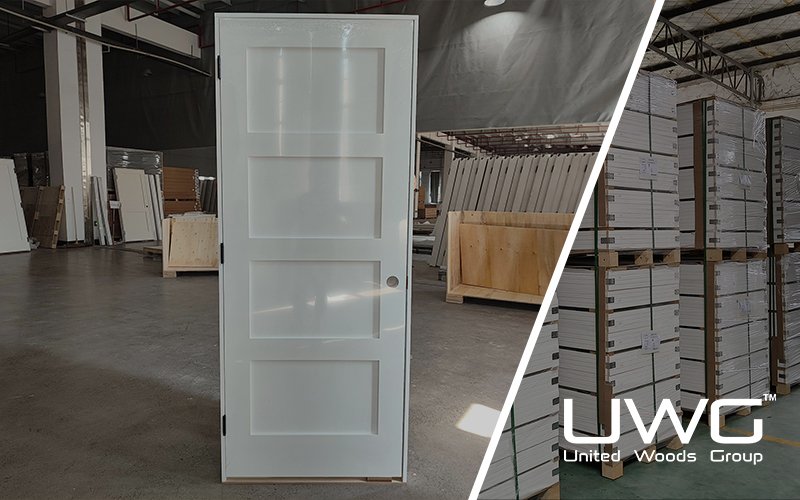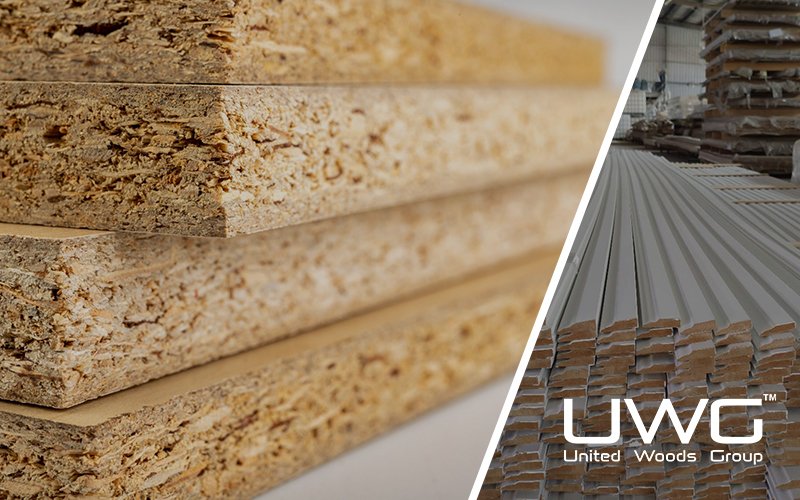Imagine stepping into a newly built home, the sunlight filtering through large windows, casting a warm glow over the floor. As you walk through the space, the flooring color catches your eye—elegant, modern, and perfectly chosen to match the rest of the design. We know choosing flooring colors can be overwhelming. With constant shifts in design preferences, making the wrong call can be costly. But 2025 has spoken—and the trends are clear. If you’re building, buying, or supplying, here’s exactly what’s hot and how to make the best choice for your project.
The most popular flooring colors in North America for 2025 are warm, natural hues—especially honey, caramel, chestnut, and walnut. There’s a clear move away from cool greys, with dark wood tones also rising in upscale projects. These rich, organic colors create cozy, grounded interiors and are seen across residential and commercial designs.
Let’s break it down—from overall market trends to product examples and real-world scenarios—so you can make confident, trend-aligned decisions without losing sight of your project’s needs.
Which Hardwood Floor Color Trends Dominate in 2025?
Hardwood remains the flooring of choice for many North American projects. In 2025, the spotlight is on organic warmth and natural character. The top trending hardwood colors are those that reflect a sense of comfort, sustainability, and design flexibility.
Popular Color Trends:
- Golden Oak: Revived from traditional styles, now paired with matte finishes and wider planks.
- Chestnut & Walnut: Rich, chocolatey tones that evoke luxury and depth.
- Natural Hickory: Known for its high-variation and rustic charm, hickory remains a builder favorite.
- Smoked and Fumed Woods: Achieved through natural treatments that enhance grain and tone.
In both residential and commercial design, texture plays a key role. Brushed, distressed, or hand-scraped textures make warm tones feel more authentic and timeless.
Pro Tip for Builders: Engineered hardwoods with these finishes offer the aesthetics of solid wood with greater dimensional stability, making them perfect for wider planks and radiant heating systems.
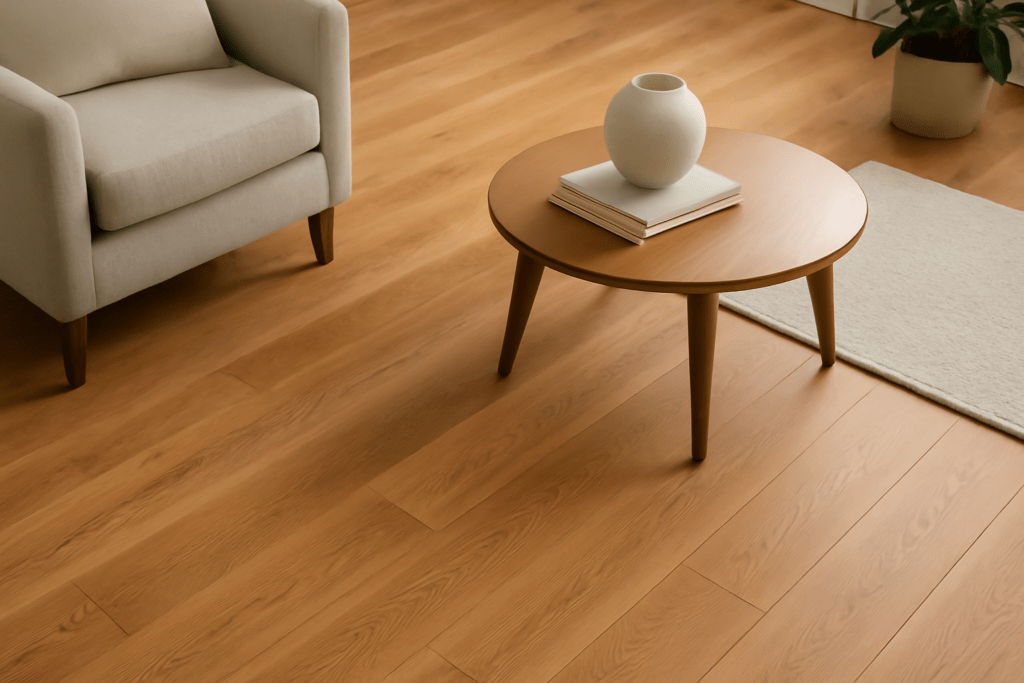
Is 2025 Hardwood Flooring Light or Dark?
Flooring color in 2025 is not “either-or” — it’s about mood and context. Both light and dark tones are in demand, depending on the space and desired effect.
Light Flooring:
- Popular Colors: Natural Oak, Blonde Maple, Whitewashed Ash
- Best For: Small homes, condos, Scandinavian, coastal, or minimalist interiors.
- Benefits: Opens up space visually, reflects light well, and suits modern aesthetics.
Dark Flooring:
- Popular Colors: Espresso, Ebonized Oak, Deep Walnut
- Best For: Larger homes, luxury hospitality, formal dining rooms, or moody design schemes.
- Benefits: Adds richness and drama, hides imperfections, feels warm and grounded.
Builder Insight: Dark tones show dust more easily, so they’re better in low-traffic, upscale spaces. Light floors, on the other hand, can hide pet hair and debris better in active households.
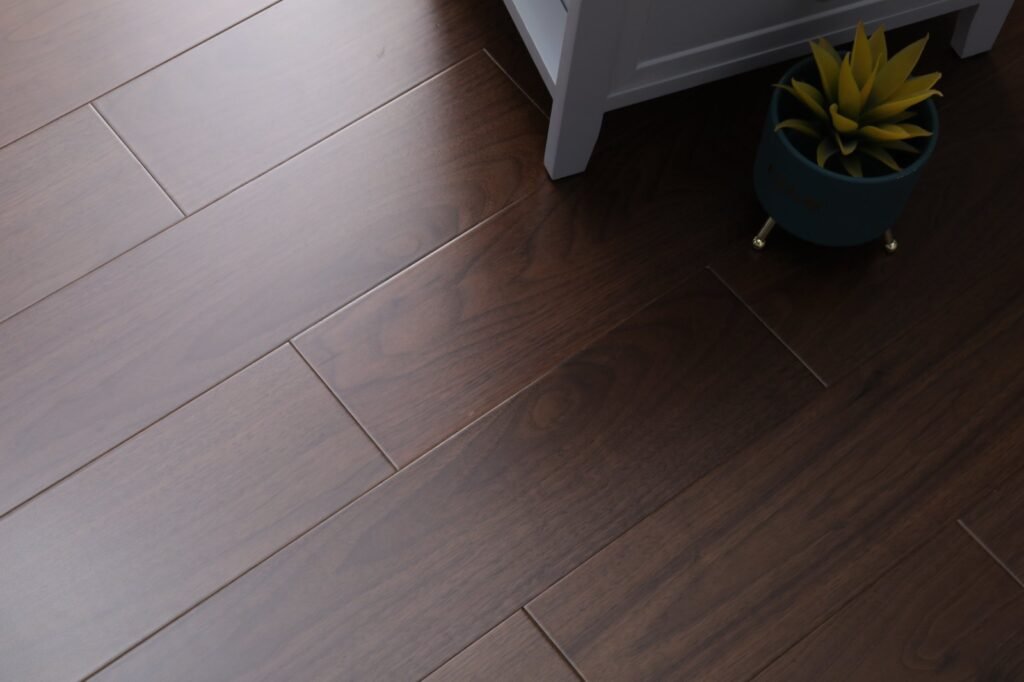
When Should You Still Use Gray Flooring in 2025?
Gray flooring was a dominant trend for much of the last decade. In 2025, it’s taking a back seat — but not disappearing. Warm grays and taupe-grays (also called “greige”) are replacing icy steel tones.
Ideal Use Cases:
- Urban Condos or Lofts: Especially those with modern or industrial furnishings.
- Office Spaces: Where neutral palettes create a clean and professional environment.
- Showrooms or Staging: Gray is neutral and allows decor to shine.
Design Tip: Mix gray flooring with warm-colored walls or furniture to avoid a “cold” feel. Also, prefer medium-tone grays over extremes to ensure longer trend longevity.
Wholesaler Tip: Stocking warm-gray laminate is still a safe bet — it bridges the old trend with new warmth and works across many design schemes.

What Flooring Colors Are Trending in New Homes?
New construction homes across North America are leaning into natural mid-tones that appeal to the broadest buyer base. These shades are neither too dark nor too light, providing versatility across home styles and furnishing trends.
Trending Colors in New Builds:
- Honey Oak: Soft and golden, works in traditional and modern farmhouses alike.
- Taupe-Tan Blends: Neutral without being boring — fits minimalist or transitional interiors.
- Caramel Maple: Warm, inviting, and pairs well with white trim and black fixtures.
- Beige-Grey Hybrids: Perfect for resale homes where neutrality is key.
Why It Works: These tones are timeless and forgiving. They work with many wall colors, furniture styles, and lighting conditions — reducing the risk of clashing aesthetics post-sale.
For Builders: Offer floor samples in these shades as default choices during design consultations. Homebuyers often choose what’s “safe” unless inspired otherwise.
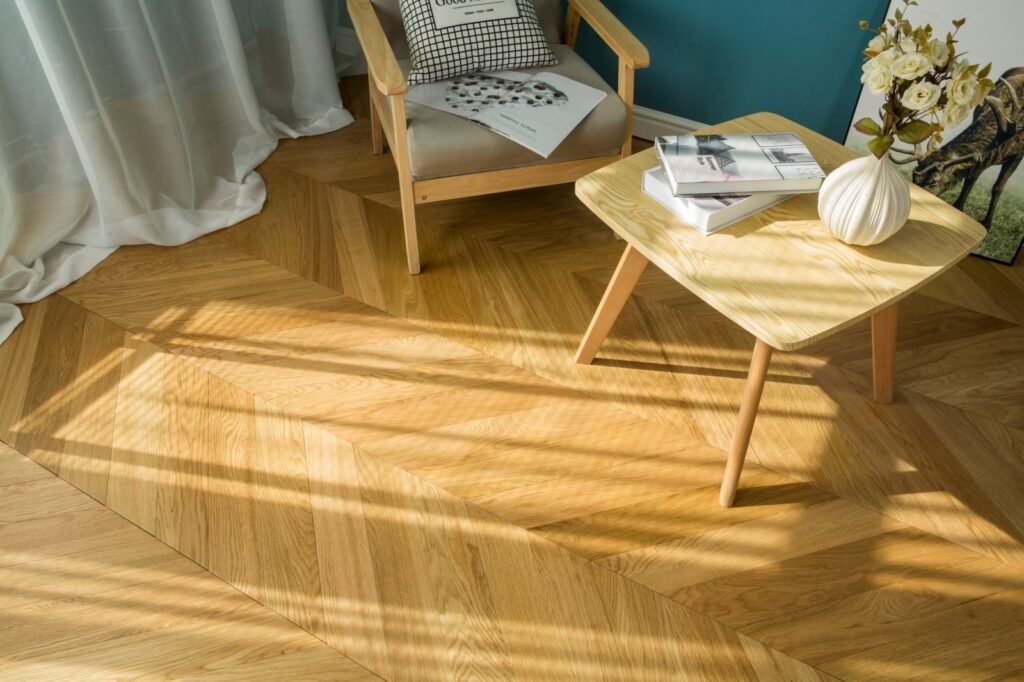
Which Flooring Colors Work Best in Open-Concept Spaces?
Open floor plans require flooring that acts as a visual connector. Using disjointed colors or inconsistent undertones across zones can disrupt flow and make spaces feel choppy.
Best Colors for Cohesive Design:
- Warm Neutrals: Chestnut, natural oak, golden ash — ideal for blending kitchen, dining, and living areas.
- Medium Browns with Soft Grain: Offers depth without overpowering.
- Matte Finishes: Reduce glare and unify surfaces under different lighting.
Design Advice: Stick to a single flooring material throughout the space to create continuity. Add area rugs or layout changes to define functional zones instead of switching floor types.
For Homeowners: Mid-toned wood looks best in daylight-rich spaces and doesn’t show dirt as easily as ultra-light or ultra-dark floors.
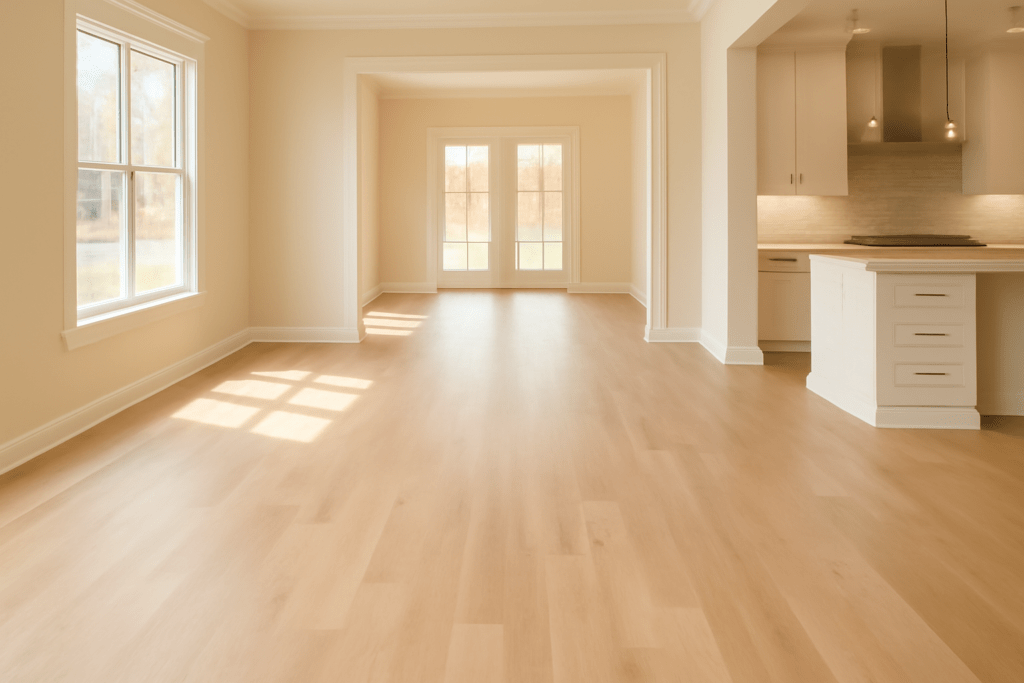
What Are the Most Popular Flooring Colors for Commercial Projects?
Commercial projects demand flooring that looks professional while standing up to heavy wear. In 2025, aesthetics meet durability with colors that provide warmth, neutrality, and branding flexibility.
Common Commercial Choices:
- Textured Taupe: Works for clinics, wellness spaces, and salons.
- Dark Charcoal or Walnut-Look : Adds elegance in hotel lobbies and luxury retail.
- Sandy Beige: Brightens offices and makes small spaces feel larger.
- Warm Neutral Grays: Ideal for co-working, banks, and educational institutions.
Engineered hardwood flooring remains the most specified product due to its balance of performance and design. Commercial-grade versions come in a wide array of wood-look tones.

How to Choose Flooring Colors Based on Project Needs
Trend data is helpful — but nothing replaces thoughtful project-specific planning. The right color depends on:
- Lighting: North-facing rooms are cooler, so use warmer floors.
- Foot Traffic: Busy spaces do better with medium tones that hide scuffs.
- Room Size: Small rooms feel larger with light tones; large rooms can handle darker shades.
- Style & Architecture: Modern homes favor blonde or walnut. Traditional homes prefer oak or chestnut.
Scenario-Based Recommendations:
- Modern Open Concept Home? → Go with natural oak or caramel tones in wide plank.
- Rental Property? → Choose mid-brown with matte texture to reduce visibility of wear.
- Office or Clinic? → Neutral beige or taupe for cleanliness and light reflection.
Pro Tip: Always test floor samples in actual project lighting and layout. Photos online never show the true undertones.
Summary
Flooring color trends in 2025 revolve around natural, grounded, and welcoming tones. Honey, caramel, walnut, and chestnut shades dominate — with a shift away from gray unless used strategically. Still, the smartest decision always comes down to how the floor serves your space functionally and visually.
Want help sourcing the right product or advice on custom finishes? Get in touch — we’re happy to help you match trends with practical success.

